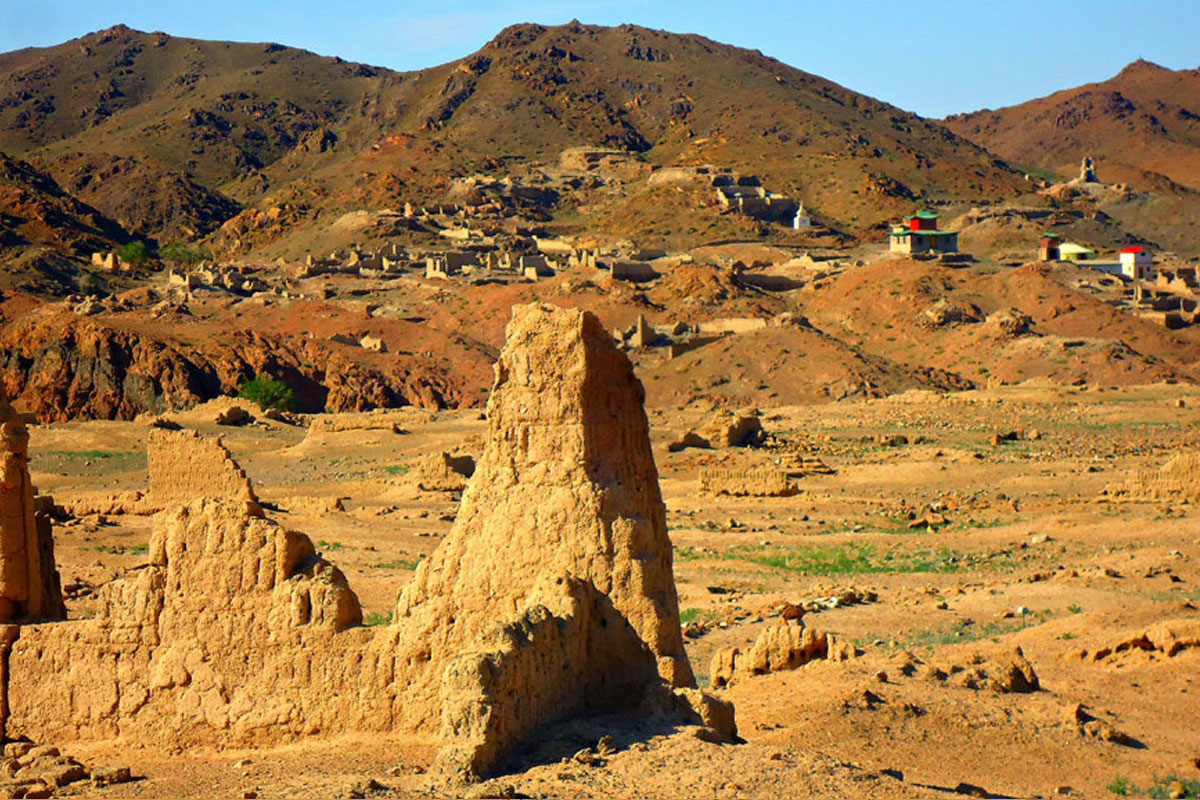
Ongi Monastery
Gobi has several known energy centres or magnetic field mountains. One of them is the Ongi Temple area where monks built their monasteries in the past and prayers go for meditation...

Gobi has several known energy centres or magnetic field mountains. One of them is the Ongi Temple area where monks built their monasteries in the past and prayers go for meditation...
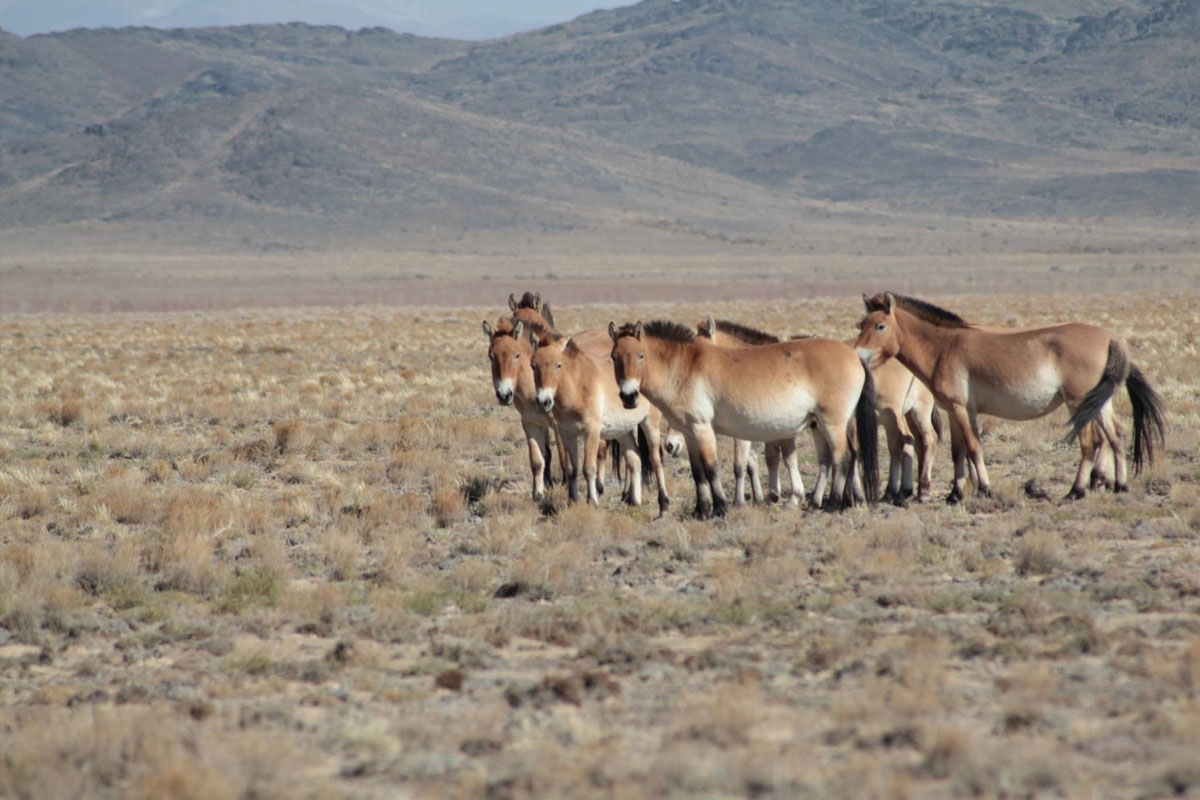
in the world: the Przewalski’s horse, called “Takhi” in Mongolia. It has lived through a very turbulent history, as it became extinct in the wild in the 1960s. However, the Ta...

The pearl of Northern Mongolia and the mother of all the rivers is Khuvsgul Lake or Dalai eej (mother ocean). The continuation of the Siberian forest and deep taiga covers the nort...
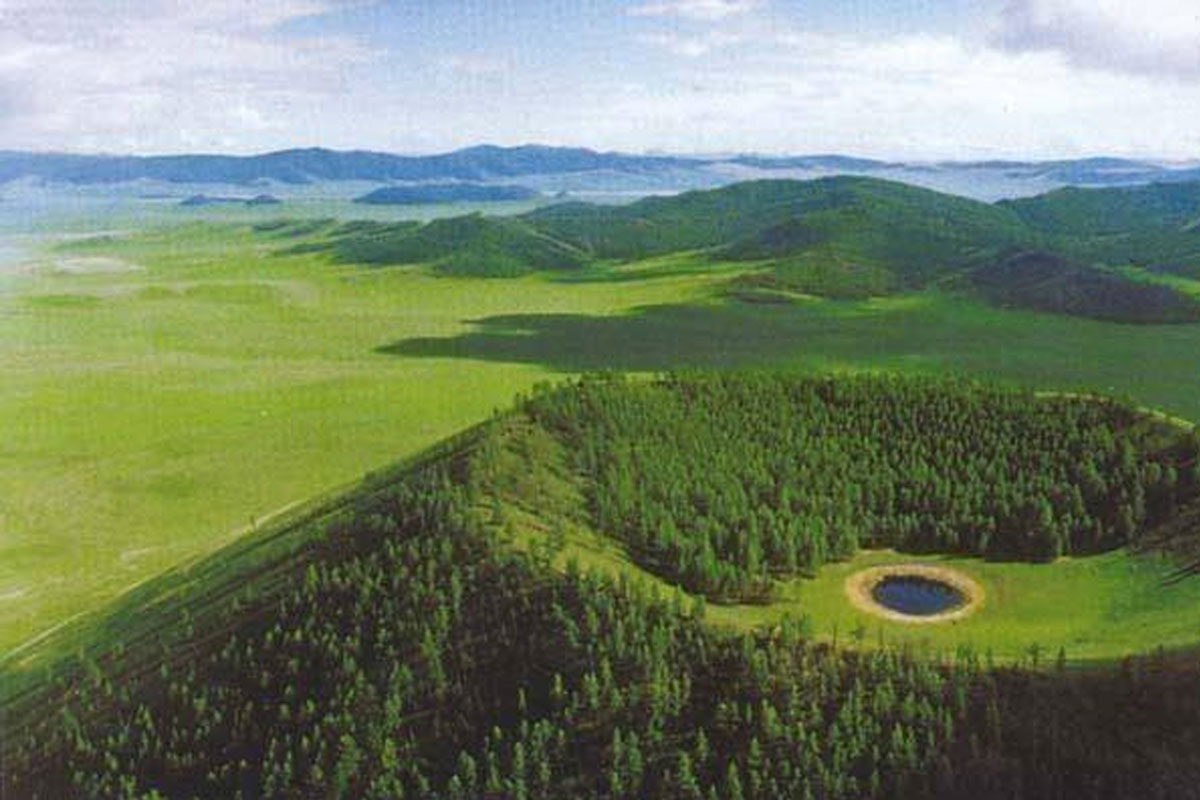
Urantogoo and Tulga Uul is a national protected area in Northern Mongolia. Local legend demonstrates how the mountains got their names based on their shapes: Urantogoo for its caul...
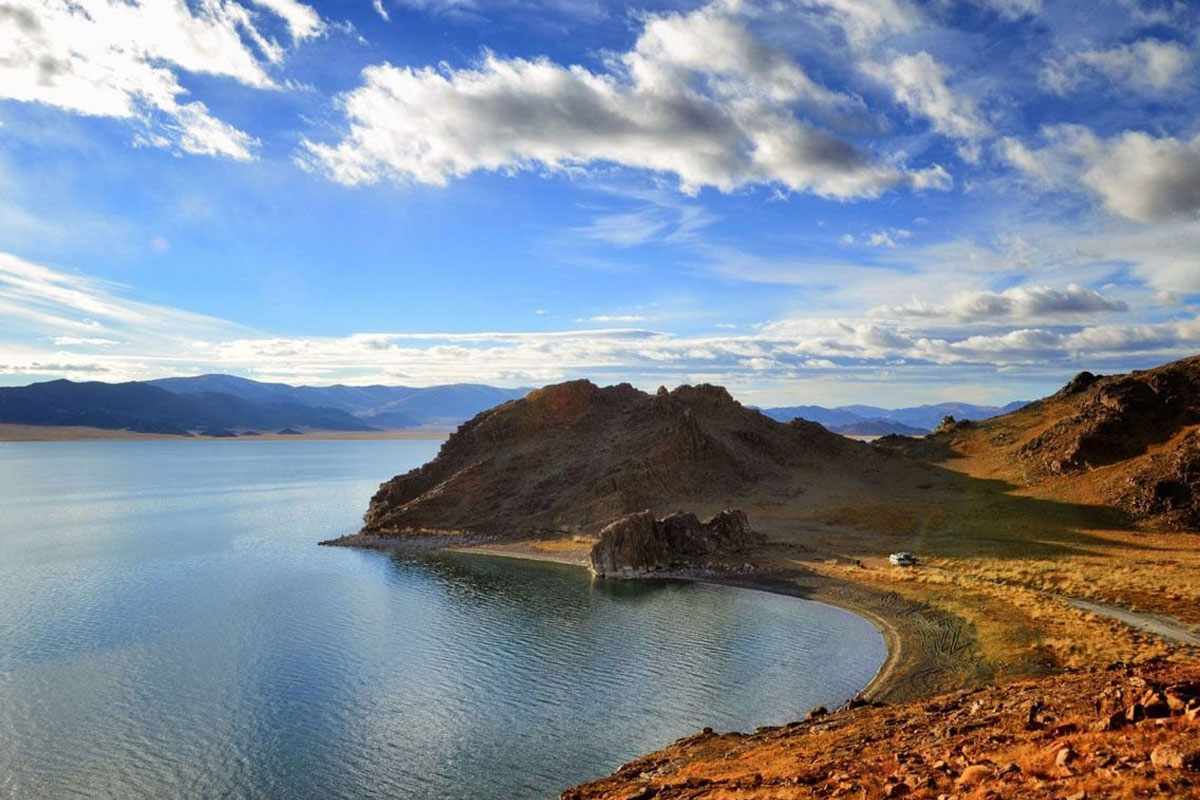
Uvs Lake is the largest lake in the country covering 36000 square feet and is an endorheic basin that created by an ancient sea. The saline water lake is quite shallow with sandy b...
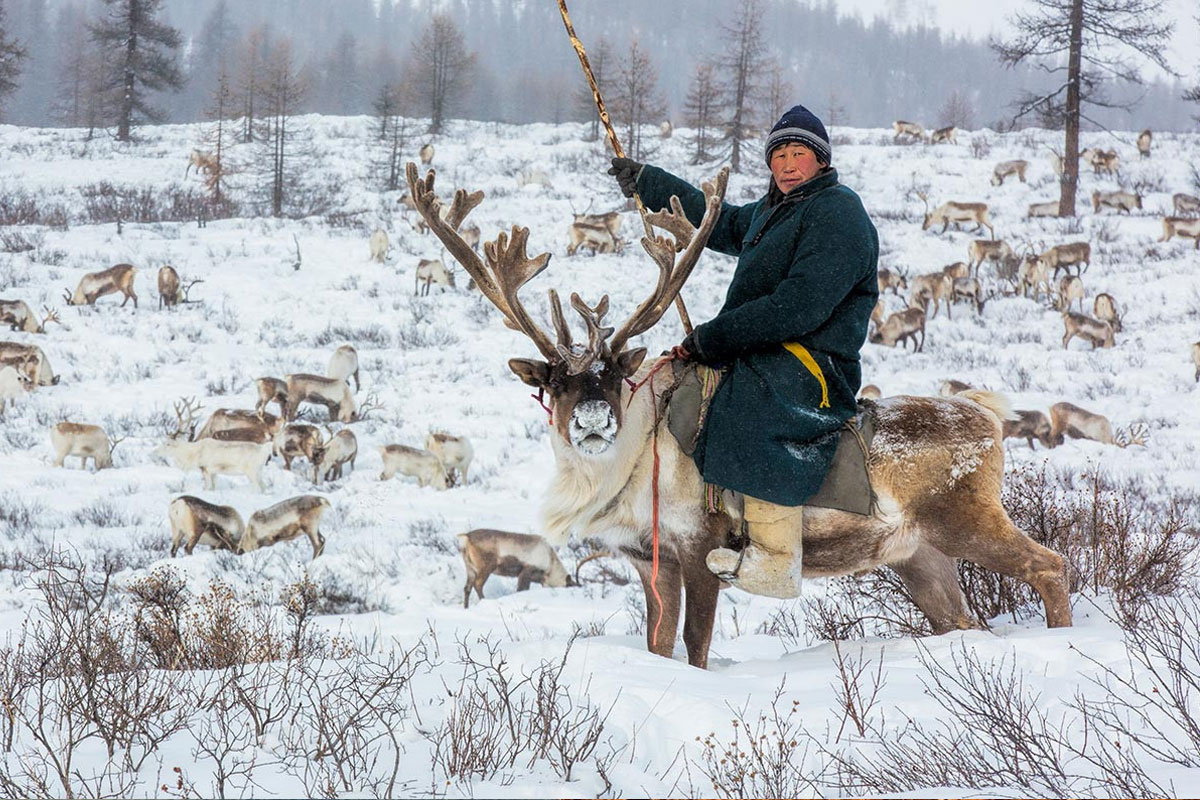
Small minority of reindeer herders live in deep part of taiga in Northern region. Darkhads/Tsaatan are Turkic origin but lived at the Northern border for long time for its rich lic...

Western Mongolia is the country of snow capped mountains, wild animals and Kazakh minority. Altai Mountain stretches from the westernmost point down to Gobi for 1500 kilometres. Al...
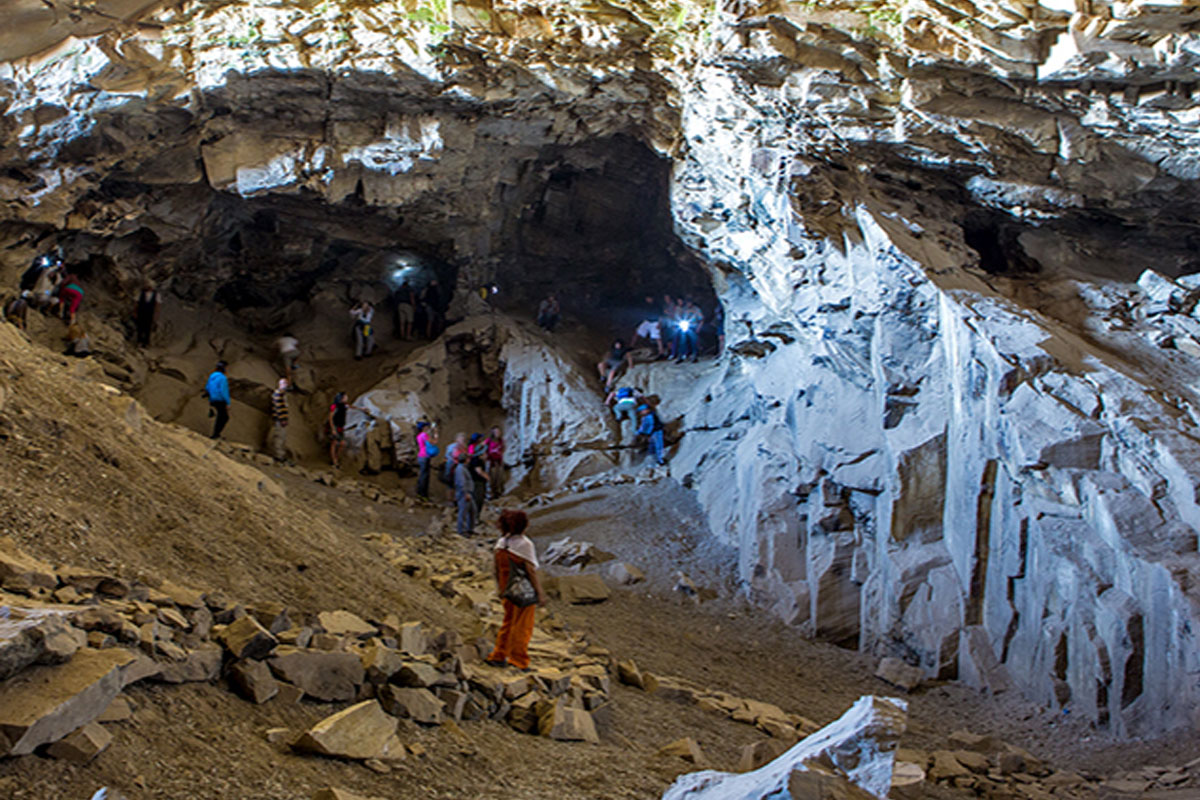
Tsenhker Cave is World Heritage for its paleolithic rock arts. The granite cave is about 60 feet tall with many symbols and animals including stags, buffalo, oxen, lions, Argali sh...
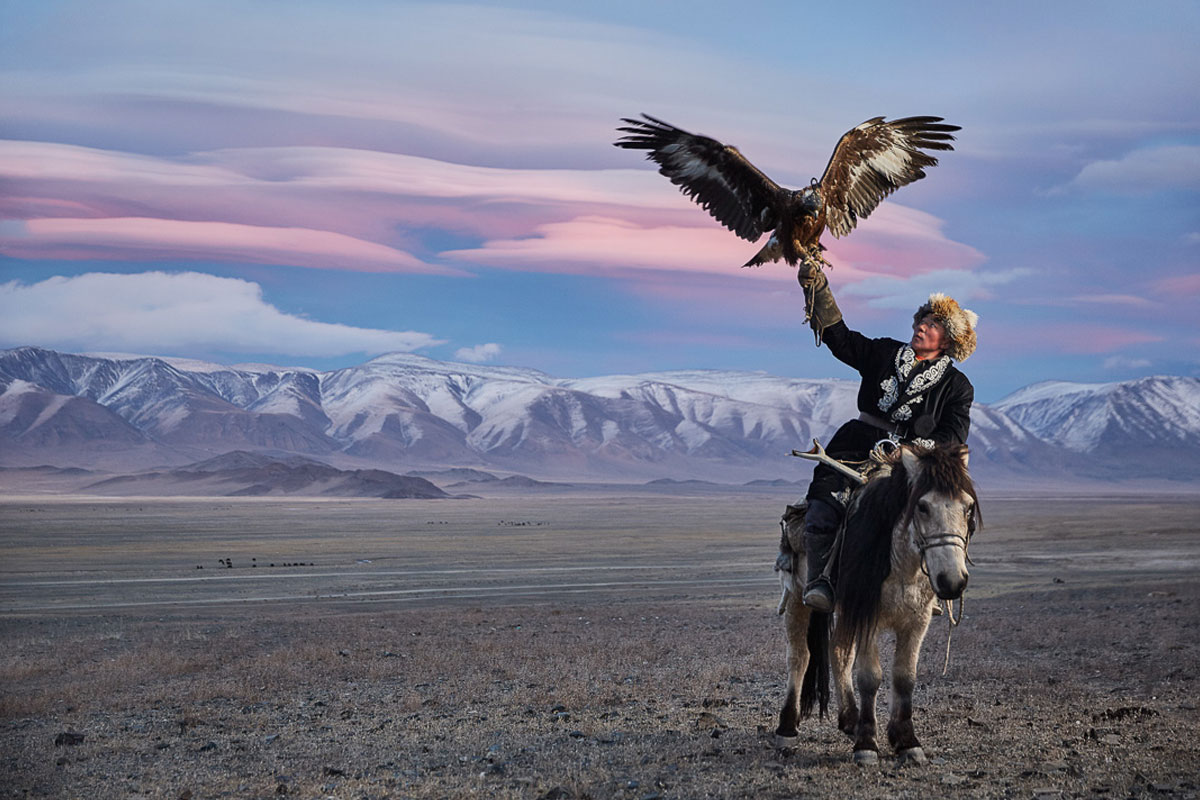
Eagle hunting is a tradition commonly practiced by Kazakh and Kyrgyz people and brought into Western Mongolia with the migration of 1850s. The eagle is considered to be the king of...